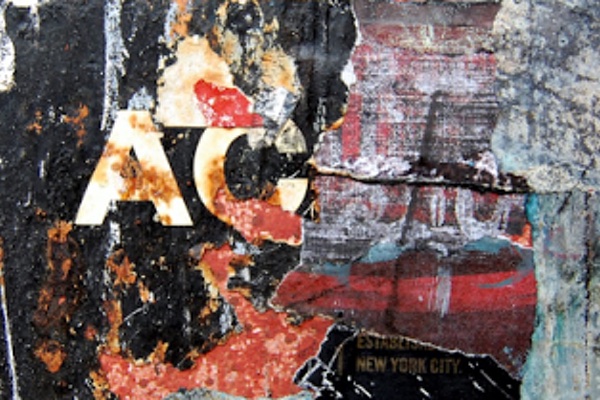By Seth Apter
Sometimes a collage just looks like some smaller paper (or other material) glued to a larger surface. But there are many ways in which to alter your collage elements to make the piece a more cohesive and seamless whole. 
Five tips to integrate collage elements:
Splatter: Mix acrylic paint with a small amount of water and add random splatters by either flicking a paint brush or rubbing with the bristles of a tooth brush. Hint: remove some of the excess paint on your brush by first splattering onto a random surface. This way you will end up with subtle splatter and not big blotches on your artwork.
Dry Brush: Apply a small amount of white gesso onto your brush and randomly dry brush over the elements on your collage. Be “purposely random” so that you do not end up with gesso lines. Hint: mix the gesso with your choice of acrylic paint if you would prefer to add an extra layer of color rather than white.
Connection: Connect all the disparate pieces of the collage with either hand-drawn marks (lines, dots, dashes, etc) or very thin strips of paper. Hint: use very light marks and/or colors that match the background so that the connections are more subtle. Edging: Chose collage fragments that have jagged, curved or torn edges rather than linear edges. Hint: if you do end up with many hard edges in your “finished” collage, soften the look by adding small pieces of torn paper, shreds of fabric, stitching, or random marks to the edges of the collage fragments. 
Color: Create a glaze by mixing fluid acrylic paint and acrylic glazing liquid. Brush over the entire surface of the collage. Hint: quickly wipe off random sections of the glazing layer with a paper towel or rag to add more visual interest to the collage.




great blog post!
Great tips, thanks for sharing. 🙂
New here…I enjoyed the post